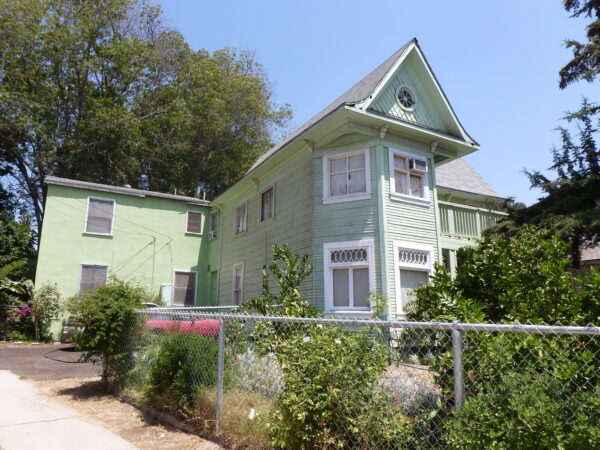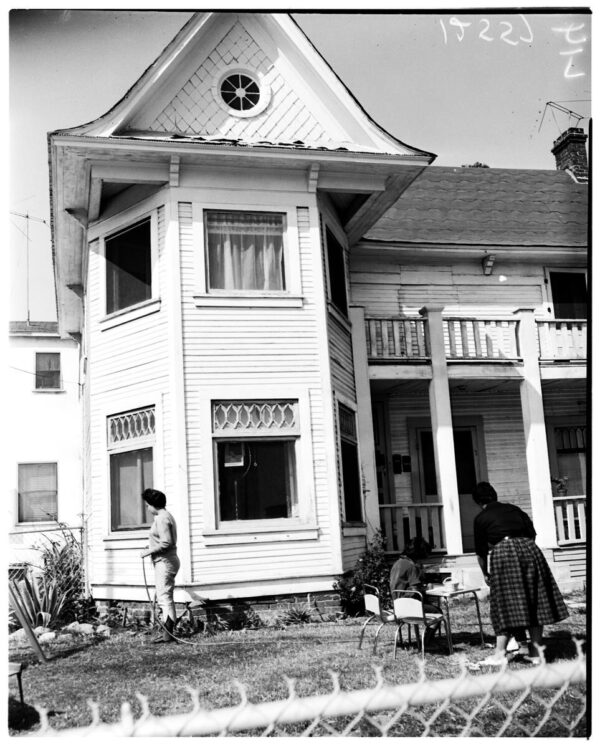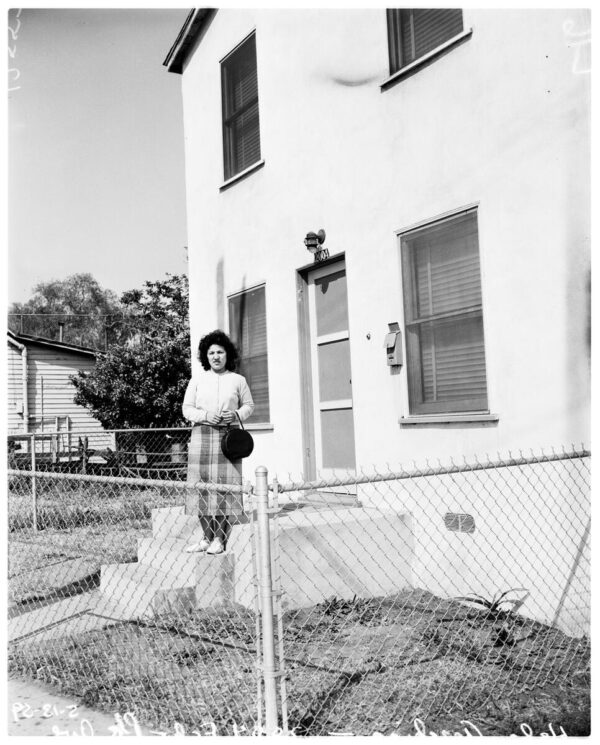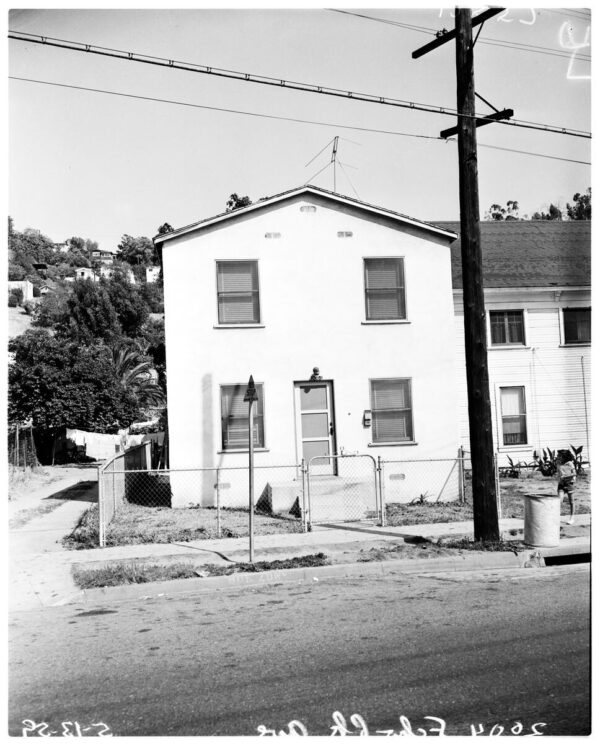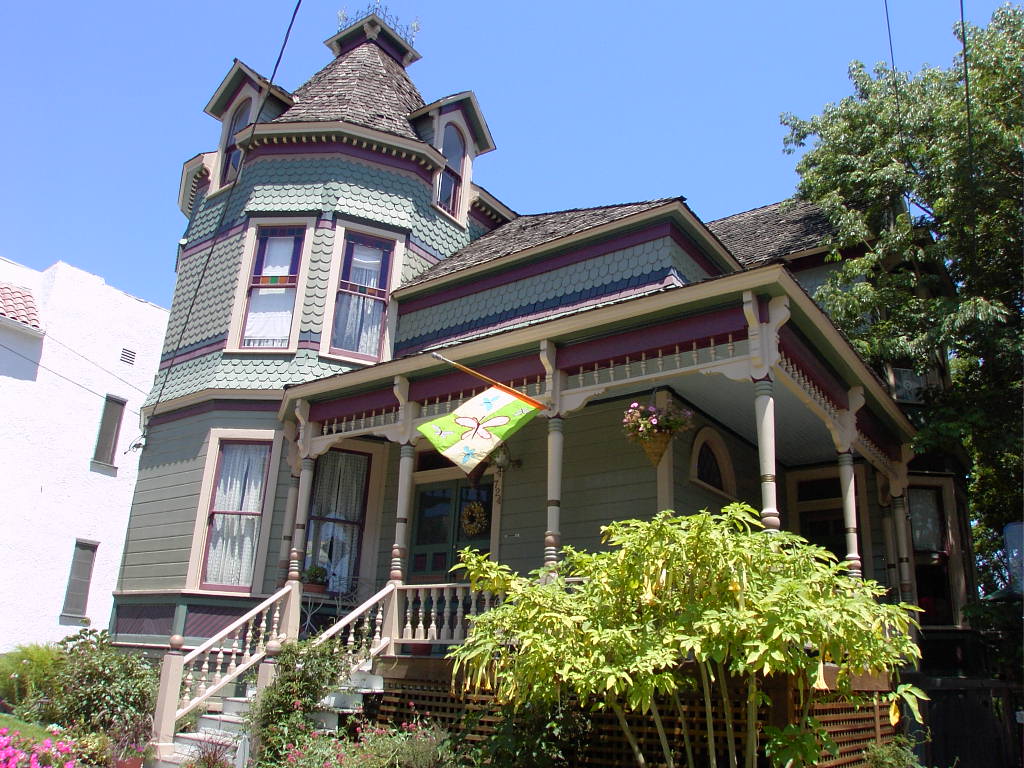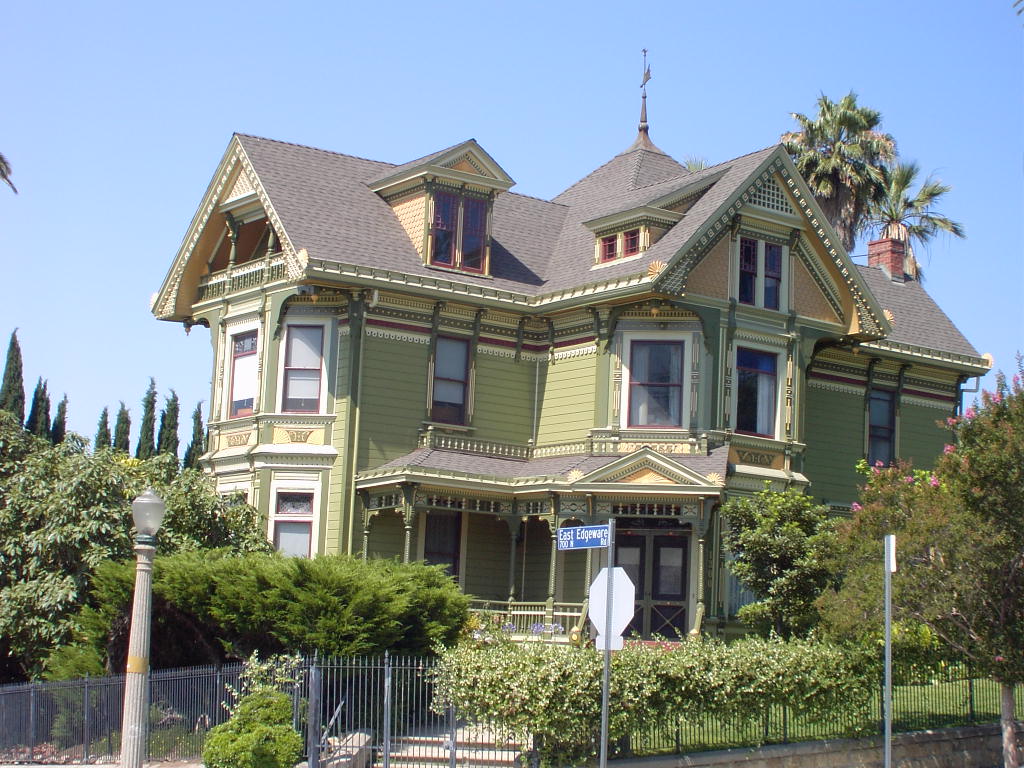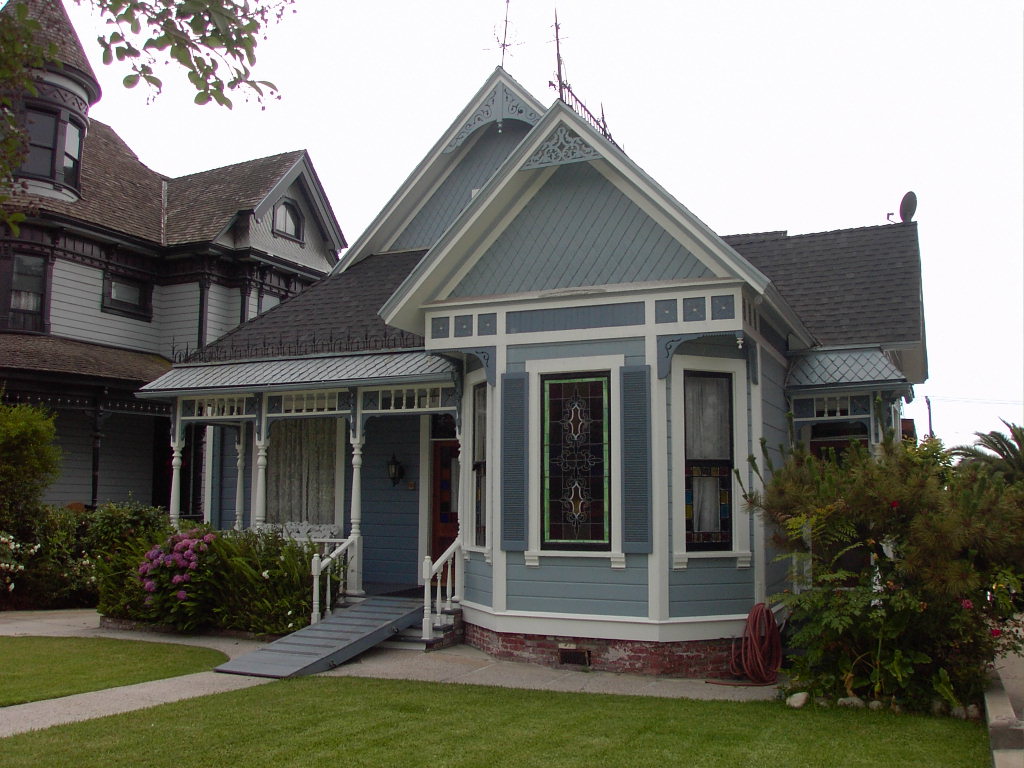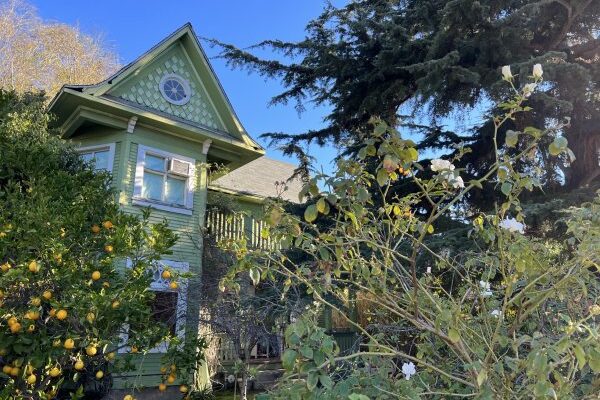
Place
Queen of Elysian Heights
One of the oldest houses in Elysian Heights, it holds the many layers of development and displacement in the neighborhood.
Active
Thanks to Silver Lake Heritage Trust and supporters, the Queen of Elysian Heights was designated an L.A. Historic-Cultural Monument in 2022.
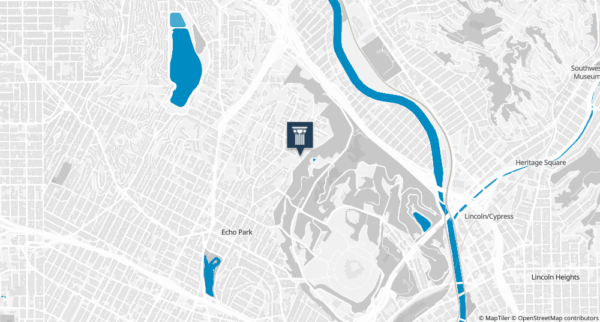
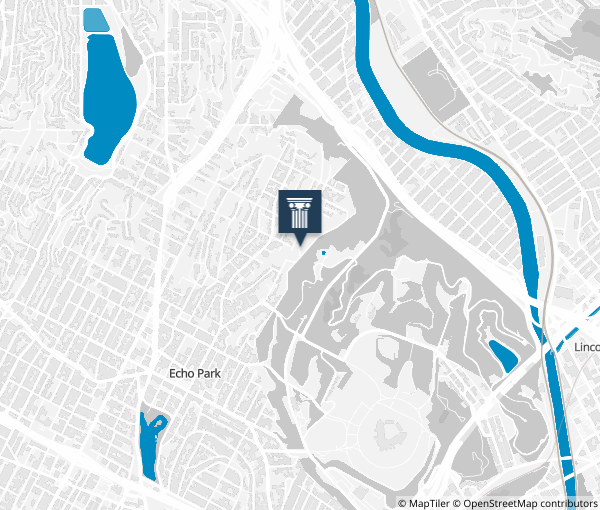
Place Details
Address
Get directions
Neighborhood
Year
Style
Decade
Designation
Property Type
Attributes
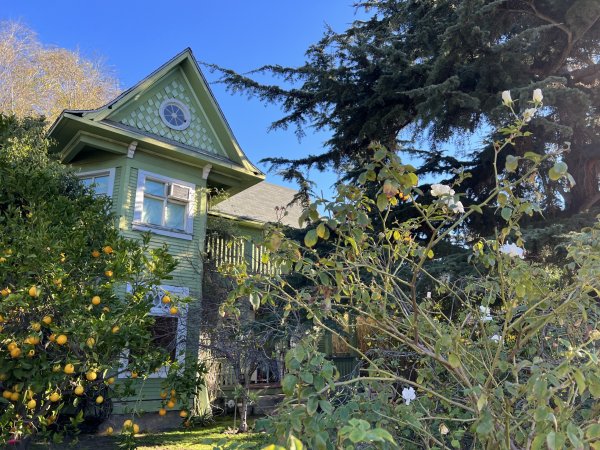
Photo by Brandy Eve Allen.
Overview
One of the earliest developments in Elysian Heights, the “Queen of Elysian Heights” is one of the only remaining extant examples of Queen Anne Victorian architecture in the neighborhood. The property not only represents the development of Elysian Heights, but also the destruction of the Palo Verde, La Loma, and Bishop neighborhoods (commonly referred to as Chavez Ravine).
In the 1950s, the Aréchiga family became the public face of the fight to save their neighborhood from destruction– first proposed for public housing, but ultimately Dodger Stadium. After their violent and highly publicized eviction in 1959, Nellie and John Aréchiga and their three children relocated to the Queen of Elysian Heights. The family lived there for decades, welcoming in the current tenants who have now lived in the building for sixty years.
In 2021, Silver Lake Heritage Trust nominated the building on behalf of neighborhood residents concerned about its future. It was designated a Historic-Cultural Monument in 2022, and the L.A. Tenants Union is still actively involved to stop the displacement of longterm tenants.
About This Place
About This Place
In the early twentieth century, Mexican American Angelinos, restricted by restrictive covenants and racist zoning practice, established the Palo Verde, La Loma, and Bishop neighborhoods on the steep hillsides just east of Echo Park. By the 1940s the three neighborhoods, spanning 315 acres, were home to eleven hundred working and middle-class Mexican Americans and other ethnic minorities who raised crops and animals, ran businesses, and cared for one another.
Following the Federal 1949 Housing Act, the L.A. Housing Authority released a plan in 1950 to demolish the existing neighborhoods and construct a large low-income public housing development to be designed by Robert Neutra and Robert Alexander.
However, rising anti-communist sentiment tainted the public housing proposal and the plan was scrapped in 1953. The Aréchigas filed a lawsuit arguing that the purpose their homes had been acquired for was null. In 1955 the City obtained ownership of the land with the mandate to develop the area for “public use.” City council members began to court the Dodger franchise in 1956 and the team moved to Los Angeles in 1957. The highly publicized eviction of the Aréchigas and the other two remaining households on May 8th 1959 marked the final destruction of the Palo Verde, La Loma, and Bishop neighborhoods.
In the rubble of their former neighborhoods, the Arechiga family in Palo Verde and a dozen other holdouts continued to occupy their homes for six more years. On May 8, 1959, fourteen County Sheriffs physically removed three generations of the family – from seventy-two and sixty-six-year-old Manuel and Avrana Aréchiga, their daughter to three-year-old Jeannie Aréchiga – from their home on May 8, 1959 and demolished the house before the family’s eyes.
Today, the Aréchigas and other descendants of displaced Angelinos continue their families’ legacy through community organizing and political education. This includes combating historic erasure by naming the Palo Verde, Bishop, and La Loma neighborhoods rather than Chavez Ravine, and using history to understand the politics of land use today. To learn directly from the descendants of Palo Verde, Bishop, and La Loma, visit Buried Under the Blue and Chavez Ravine: An Unfinished Story.
By 1948, homeownership rates in the La Loma, Palo Verde, and Bishop hovered just below fifty percent, higher than the city average. Residents were vocal advocates against their existing neighborhood becoming a new housing development. Despite their advocacy, City Council approved the plan and Housing Authority began buying properties for under market rate value and demolishing homes.
The Aréchiga’s two homes and three lots were appraised at $17,500. The Housing Authority, however, only offered them $10,500. Today, the undervaluation of their property would amount to $81,690. Despite the Aréchigas refusal to accept the below market offer, the Housing Authority put them money in their account and called the sale final.
Our Position
The Conservancy was proud to support the Historic-Cultural Monument designation for this property as a rare example of early residential development and as a physical reminder of the aftermath of the destruction of La Loma, Bishop, and Palo Verde.
The Aréchiga family’s tenure in the house reveals a crucial, often overlooked aspect of narrative of displacement: where residents relocated and how they rebuilt networks of support and solidarity. The Aréchigas insistence on their claim to space grabbed headlines in 1959 and the public memory of their resistance inspired future movements for social justice. According to historian Ronald Lopez, “Ultimately, the Aréchiga’s most important contribution is that their defiant resistance at the evictions helped to give rise and sharp symbolic form to the Chavez Ravine community’s refusal to disappear.”
